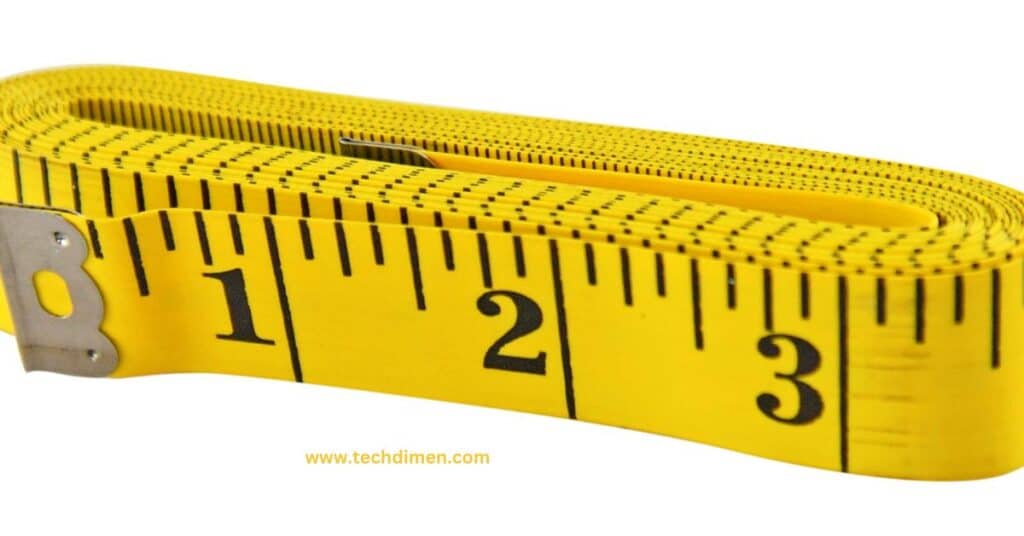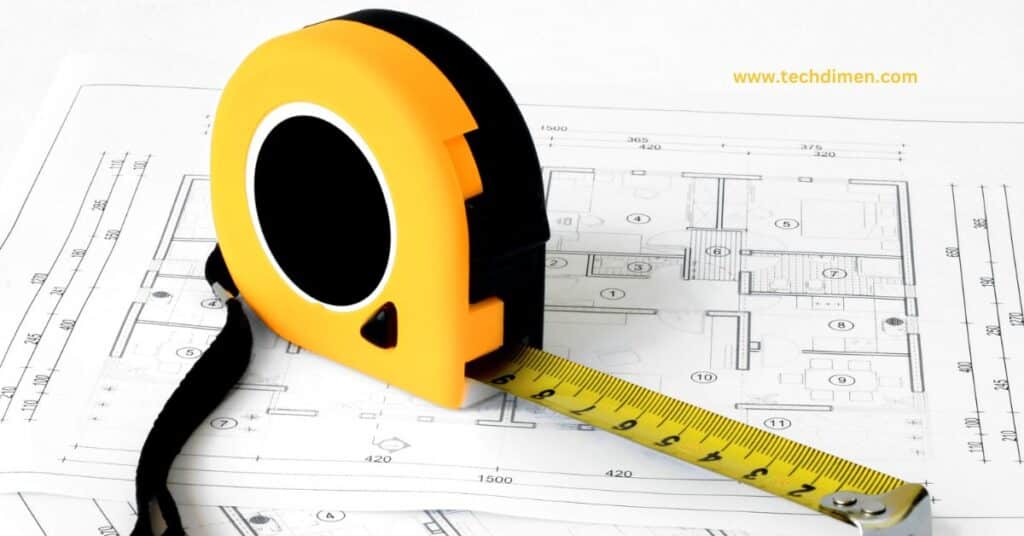How to Read a Tape Measure? professionals, and anyone tackling home improvement projects. Whether you’re measuring for a picture frame, a new piece of furniture, or construction work, understanding tape measure basics can save you time and prevent costly mistakes. This step by step guide to tape measure reading breaks it all down in simple terms, making it easy even for complete beginners.
the Basics of a Tape Measure
A tape measure is a flexible tool used to measure lengths, widths, heights, and circumferences. It is a must-have for a variety of tasks, from crafting and carpentry to large-scale construction projects. The most common types of tape measures include retractable models, long tape measures for large distances, and soft sewing tapes for fabric and tailoring tasks.
The invention of the tape measure by Alvin J. Fellows in 1868 introduced a convenient alternative to traditional rulers and yardsticks. Today, tape measures are designed with durable materials, retractable mechanisms, and markings in imperial (inches and feet) or metric (centimeters and millimeters) systems.
Key Components of a Tape Measure
| Component | Description |
|---|---|
| Blade | The extendable strip with measurement markings, usually made of metal or plastic. |
| Hook or End Tab | A metal clip at the end of the tape, adjustable for measuring inside or outside edges. |
| Case | The protective housing that holds the coiled tape and often features a locking mechanism. |
| Lock Mechanism | A switch that keeps the blade extended, ensuring precise and stable measurements. |
| Measurement Markings | Lines and numbers indicating increments in the chosen measurement system (imperial or metric). |
Understanding these components helps users grasp the functionality of a tape measure and ensures they can handle it with ease.
Tape Measure Markings

Markings on a tape measure vary based on whether it uses the imperial or metric system. In the imperial system, measurements are indicated in inches, subdivided into fractions such as 1/2, 1/4, 1/8, and 1/16. Each marking represents a progressively smaller division. For example, a mark halfway between two inches represents 1/2 an inch.
In the metric system, measurements are in centimeters, further divided into millimeters. There are ten millimeters in a centimeter, and these smaller increments allow for precise measurements. Some tape measures also feature dual markings, combining both systems for versatility.
Color-coded markings are common on professional-grade tapes. For instance, red markings every 16 inches help with stud placement in walls, while black diamonds every 19.2 inches indicate truss spacing for roofing projects.
Practical Applications of a Tape Measure
Tape measures are versatile tools used across various fields. In construction, they help measure materials like wood, pipes, and tiles. For DIY projects, tape measures are essential for tasks like installing shelves, designing furniture, or cutting fabric. Interior designers use tape measures to assess space dimensions, ensuring furniture fits seamlessly into a room.
FAQs, How to Read a Tape Measure?
How do I read fractions on a tape measure?
To read fractions, focus on the smaller markings between the inch lines. Each marking represents a specific fraction of an inch, such as 1/2, 1/4, 1/8, or 1/16. Practice identifying these divisions on the tape to improve your accuracy.
What is the purpose of the hook on a tape measure?
The hook, also known as the end tab, is designed to account for its own thickness. When measuring an outside dimension, the hook shifts outward to align with the edge of the object. For inside measurements, it moves inward to provide an accurate reading.
How do I convert between metric and imperial measurements?
To convert inches to centimeters, multiply the length in inches by 2.54. For centimeters to inches, divide the length by 2.54. This conversion is useful when working on projects that require both systems.
Why does my tape measure have red and black markings?
Red markings every 16 inches indicate standard stud spacing in walls, while black diamonds spaced every 19.2 inches are used for truss layout. These features simplify measurements for specific construction tasks.
How do I avoid common measurement mistakes?
Ensure the tape measure is fully extended and taut to prevent sagging. Align the hook properly with the object’s edge and double-check measurements for accuracy. Familiarity with both the imperial and metric systems also helps avoid errors.
Conclusion
Mastering the use of a tape measure is a valuable skill for beginners and professionals alike. By understanding its components, markings, and measurement systems, you can confidently tackle a wide range of projects. Whether you are measuring for home improvement, crafting, or construction, precision and practice are key. With this guide, you’ll take accurate measurements every time, setting the foundation for successful outcomes.

Jhon AJS is a tech enthusiast and author at Tech Dimen, where he explores the latest trends in technology and TV dimensions. With a passion for simplifying complex topics, Jhon aims to make tech accessible and engaging for readers of all levels.







